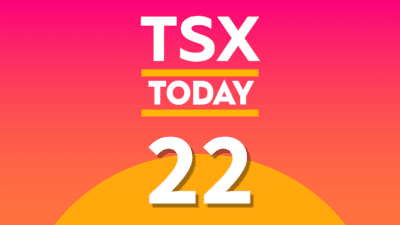Of all the investment asset classes out there today, none is as controversial as cryptocurrency. Professional and retail investors alike have sparred over how much of an investment portfolio should be allocated to crypto, if any at all.
Nonetheless, the trend towards retail and institutional adoption of crypto has marched on, spurred by its enticingly high returns, promises of decentralized financial systems, and increasing use cases.
With the price of the dominant cryptocurrency by market cap, Bitcoin (CRYPTO:BTC), hovering around the $40,000 support level over the last few weeks, many investors may be considering establishing a position. The question now is, how much of your portfolio should be in Bitcoin?
What the smart money says
Some investors are die-hard crypto bulls, with anywhere from 25% to 100% of their portfolios in Bitcoin or other cryptocurrencies. Others fear the asset altogether, preferring to stick to traditional stocks and index funds. Fortunately, Bitcoin can be held in moderation. It’s not all or nothing.
According to a study by Yale University economist Aleh Tsyvinski, investment portfolios should have anywhere from a 1% to 6% Bitcoin allocation for diversification purposes — 1% if you’re pessimistic, 3-4% if you’re neutral, and +6% if you’re optimistic.
The reason behind this is that Bitcoin has a decently low correlation to other asset classes, such as stocks, bonds, golds, and commodities — that is, when those assets zig, Bitcoin tends to zag.
This, coupled with its high volatility, gives it a pretty good diversification benefit when added to a portfolio. By adding Bitcoin, we limit our exposure to any single asset and its risk.
Couple this with its potential for seriously high returns, and what you have is a great asset to add for improving your portfolio’s overall risk-return profile. For example, in the last five years, the tech-heavy NASDAQ 100 index returned a great 155%. Bitcoin absolutely trounced this with a 2,804% return.
How do I buy Bitcoin?
The best way to hold Bitcoin as part of your investment portfolio is to buy it on an exchange and then transfer it to cold storage. Traditionally, Canadian investors bought Bitcoin on coin exchanges, such as Binance, Shakepay, Newton, or Wealthsimple Crypto. Then you can transfer it to your “cold wallet” via your “private key” to keep it safe.
Canadian investors can also buy Bitcoin exchange-traded funds (ETFs) in their TFSAs or RRSPs. These ETFs hold the underlying Bitcoin in offline cold storage with a custodian and divvy it up into shares, which are bought and sold on the stock market during normal trading hours.
The first approach allows you to actually own your own Bitcoin (the saying “not your keys, not your coins” applies here), but you are taxed when you sell. You also have to exercise a high degree of responsibility to safeguard your cold wallet and private key as to not lose your Bitcoin.
The second approach allows you to sell Bitcoin tax free or tax deferred, as you can now buy it in a TFSA or RRSP. However, you don’t physically own the Bitcoin — just shares of a fund tracking it. These funds also charge a management expense ratio of around 1% per year, which will cost you.
The Foolish takeaway
Ultimately, the question of whether or not you should add Bitcoin to your investment portfolio depends on your risk tolerance and time horizon. Investors who “HODL” Bitcoin for a sufficient length of time to ride out the volatility almost always enjoy juicy returns, especially when halving cycles hit. However, not many can stomach the roller coaster of gains and losses Bitcoin experiences on a daily basis, let alone over weeks. As with all risky assets, properly assessing your investment objectives is a must.







